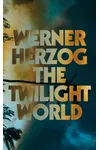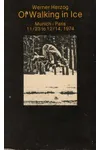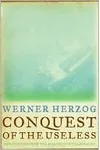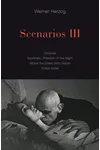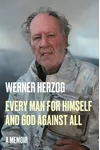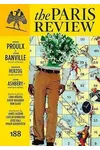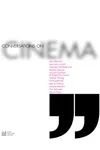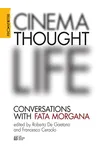Picture a German filmmaker who wrestled truth from the jaws of the jungle—meet Werner Herzog! Born in 1942, this cinematic titan has spent decades crafting films, books, and performances that pulse with raw humanity and fearless curiosity. From gritty documentaries to poetic narratives, Herzog’s work dares you to confront life’s extremes.
With a career spanning over 60 years, Herzog’s vision is as untamed as the landscapes he films. Whether he’s dragging a steamship over a mountain or hypnotizing audiences with his Bavarian drawl, his art is a wild ride through beauty, madness, and the human spirit. Ready to dive into his world?
The Making of Werner Herzog
Werner Herzog was born in Munich, Germany, in 1942, growing up in a remote Bavarian village after World War II. With no electricity or running water, young Werner found solace in storytelling and exploration. At 14, he discovered filmmaking, borrowing a camera to shoot his first shorts. Self-taught and stubborn, he rejected formal education, choosing instead to learn by doing—traveling, reading, and absorbing the world’s chaos.
By his early 20s, Herzog was already a force, founding his own production company and releasing his debut feature, Signs of Life, in 1968. His early life of hardship and wanderlust shaped his relentless drive, setting the stage for a career that would redefine cinema.
Werner Herzog’s Unforgettable Stories
Herzog’s films are a blend of raw realism and mythic grandeur, often exploring humanity’s struggle against nature and itself. AguVillage (1972) follows a conquistador’s doomed quest for El Dorado, a tale of obsession shot in the Peruvian jungle. Its chaotic production—plagued by illness and logistical nightmares—mirrored its story, cementing Herzog’s reputation for fearless filmmaking.
Grizzly Man (2005), a documentary, chronicles Timothy Treadwell’s life among Alaskan bears, weaving beauty and tragedy into a meditation on human folly. Herzog’s narration adds haunting depth. His fiction masterpiece, Fitzcarraldo (1982), features a man dragging a steamship over a mountain—an act Herzog recreated in real life, no special effects needed. His books, like Conquest of the Useless, reveal a poetic soul, with reflections on art and existence.
Herzog’s style is unmistakable: hypnotic visuals, existential themes, and a voice that lingers like a strange dream. He blurs the line between fact and fiction, creating what he calls “ecstatic truth”—a deeper reality beyond mere facts. His work spans genres, from dramas to operas, always chasing the sublime.
Why Werner Herzog Matters
Herzog’s influence stretches far beyond cinema. He’s inspired filmmakers like Terrence Malick and Denis Villeneuve with his bold vision and DIY ethos. His willingness to tackle the impossible—whether filming in war zones or mentoring young artists—has made him a cultural icon. Herzog’s art challenges us to embrace life’s absurdity and find meaning in its extremes.
His legacy lives in the countless creators who see him as a beacon of authenticity. At 82, Herzog still directs, writes, and teaches, proving that a life of art is a life without limits. His work remains a call to adventure for anyone daring enough to listen.
About Werner Herzog
- Born: September 5, 1942, in Munich, Germany
- Key Works: AguVillage, Fitzcarraldo, Grizzly Man, Conquest of the Useless
- Awards: Cannes Best Director for Fitzcarraldo, National Society of Film Critics Awards
- Fun Fact: Herzog once ate his own shoe to fulfill a bet, filmed as a short documentary!
Snag Grizzly Man or Conquest of the Useless and dive into Herzog’s wild, soul-stirring world!
